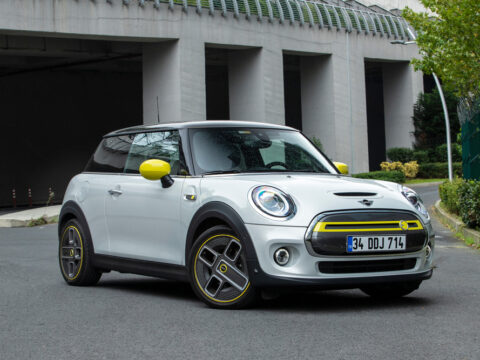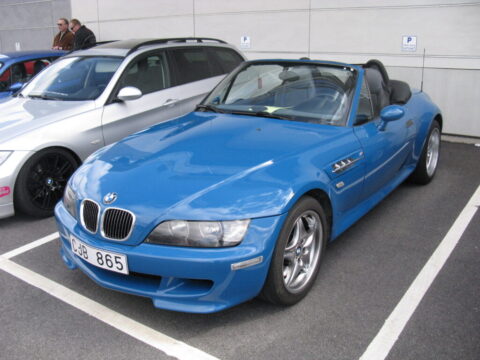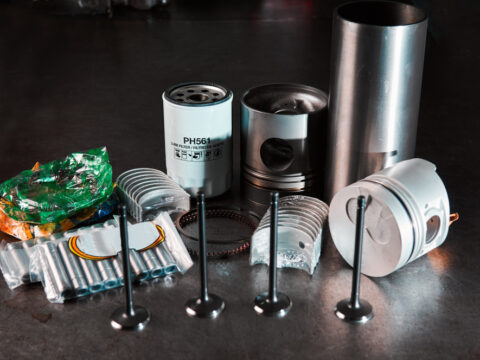When it comes to cars, some engines are built for power rather than efficiency. Over the years, there have been a number of engines that, while impressive in performance, have fallen short in terms of fuel economy. These gas-guzzlers are notorious for their low MPG and high costs at the pump. Here’s a look at 9 of the least fuel-efficient car engines in history.
Contents
Dodge Viper V10 (1992-2017)

The Dodge Viper V10 became an icon in the world of performance cars, but its fuel efficiency left much to be desired. This 8.0-liter engine delivered astounding horsepower, yet drivers often experienced MPG in the single digits during spirited drives. The engine’s raw power made it a favorite among enthusiasts, but the price of that power was steep in terms of fuel consumption. Its inefficiency only added to its reputation as a car built for performance, not practicality.
Lamborghini Murciélago V12 (2001-2010)

Lamborghini’s Murciélago V12, with its 6.2-liter engine, was designed for speed and luxury, but efficiency was not part of the equation. This high-performance engine delivered a thrilling ride, but drivers could expect fuel economy in the range of 9-11 MPG. Its focus on acceleration and top speed overshadowed any concerns about frequent fuel stops. For those who could afford the Murciélago, refueling was simply part of the experience.
Chevrolet 454 V8 (1970-1990s)

The Chevrolet 454 V8, often found in large vehicles like the Suburban and Chevelle, was notorious for poor fuel efficiency. With a displacement of 7.4 liters, this engine was built for power and torque, not for sipping fuel. Drivers commonly reported fuel economy of around 8-12 MPG, especially when towing or hauling. By the 1990s, as fuel economy standards tightened, this gas-guzzling engine was retired.
Rolls-Royce Phantom V12 (2003-present)
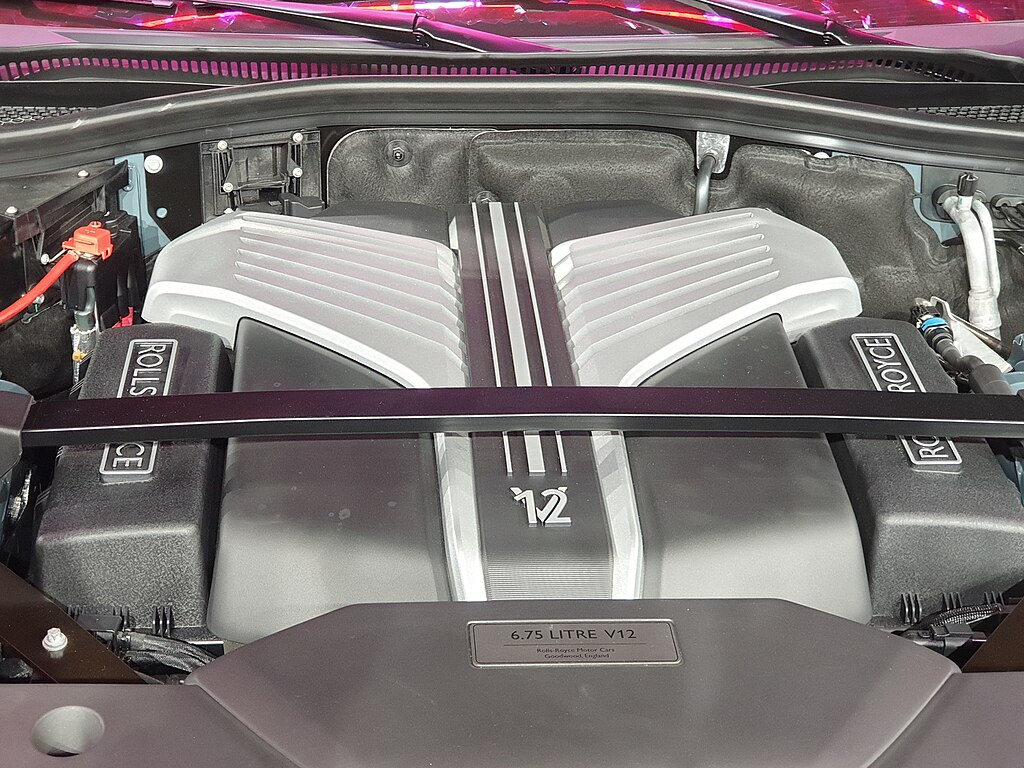
The Rolls-Royce Phantom V12 is the epitome of luxury and smooth performance, but its 6.75-liter engine suffers from poor fuel economy. Averaging about 12 MPG, the engine prioritizes refinement and quiet operation over efficiency. Rolls-Royce buyers, typically more concerned with luxury than with fuel costs, have largely overlooked the Phantom’s inefficiency. However, in an era of increasing environmental awareness, its low MPG stands out as a drawback.
Bugatti Veyron W16 (2005-2015)

The Bugatti Veyron’s W16 engine was a marvel of engineering, but it consumed fuel at an alarming rate. With a 1,000-horsepower, quad-turbocharged engine, the Veyron could only muster around 10 MPG under normal conditions. Push it to its limits, and that figure would drop to as low as 5 MPG. The engine’s inefficiency was seen as a necessary evil in the pursuit of top speed records.
Ferrari 599 GTB Fiorano V12 (2006-2012)
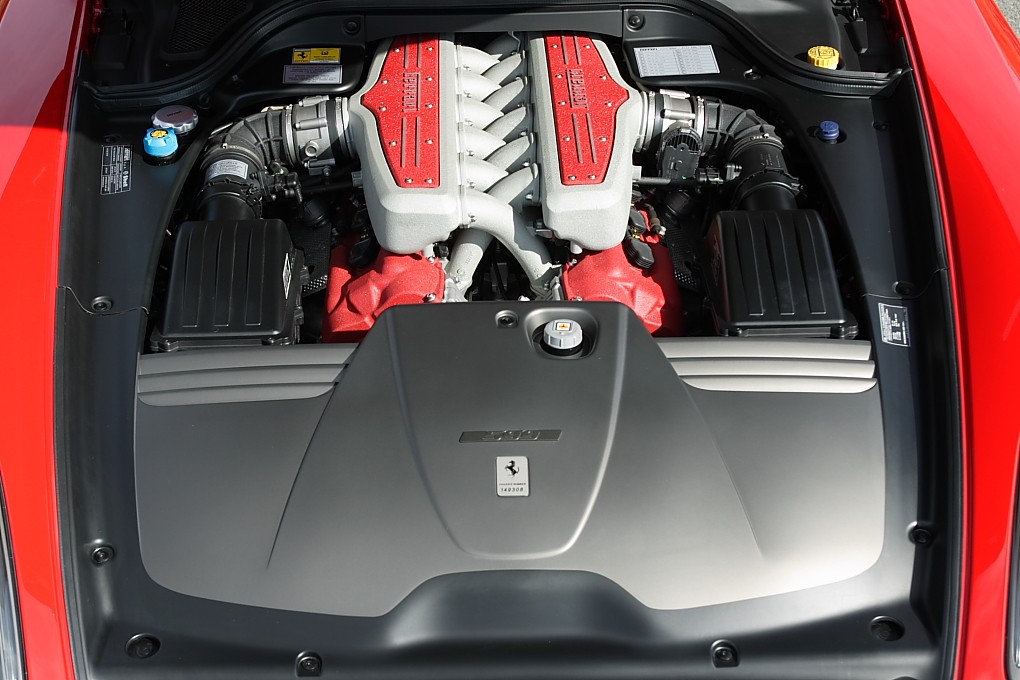
Ferrari’s 599 GTB Fiorano V12 is another example of high-performance luxury at the expense of fuel efficiency. With a 6.0-liter V12, this Ferrari averaged around 11 MPG, a small price to pay for the exhilaration of its speed and handling. Enthusiasts embraced the engine’s power, but environmental concerns were an afterthought. This car’s poor fuel economy was simply a consequence of Ferrari’s commitment to creating thrilling, track-ready vehicles.
Bentley Mulsanne 6.75L V8 (2010-2020)
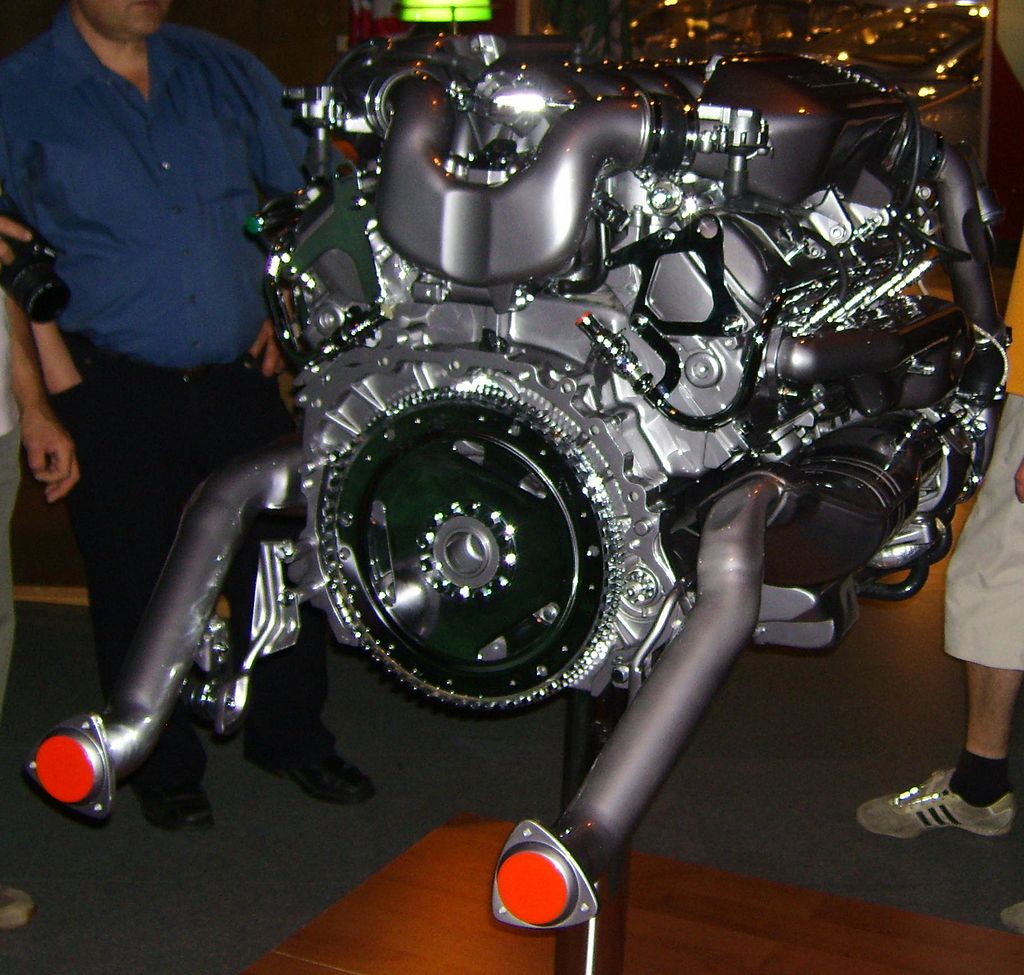
Bentley’s Mulsanne 6.75-liter V8 engine is known for its smooth ride and luxurious performance, but fuel efficiency was sacrificed for refinement. This engine typically delivered around 10-12 MPG, a significant drawback for a car in the ultra-luxury segment. The Mulsanne’s power and comfort were its main selling points, but frequent trips to the pump were the price for such opulence. For most Bentley owners, fuel consumption took a backseat to the prestige of owning a Mulsanne.
Dodge Ram SRT-10 (2004-2006)

The Dodge Ram SRT-10 was a unique performance truck with an 8.3L V10 engine borrowed from the Dodge Viper. While the engine’s power was undeniable, its fuel efficiency left much to be desired, with drivers averaging just 9-12 MPG. The SRT-10 was marketed as the world’s fastest production truck, but that speed came at the cost of frequent refueling. The truck’s high fuel consumption limited its appeal, and production was short-lived.
Plymouth Road Runner Superbird 426 HEMI V8 (1970)
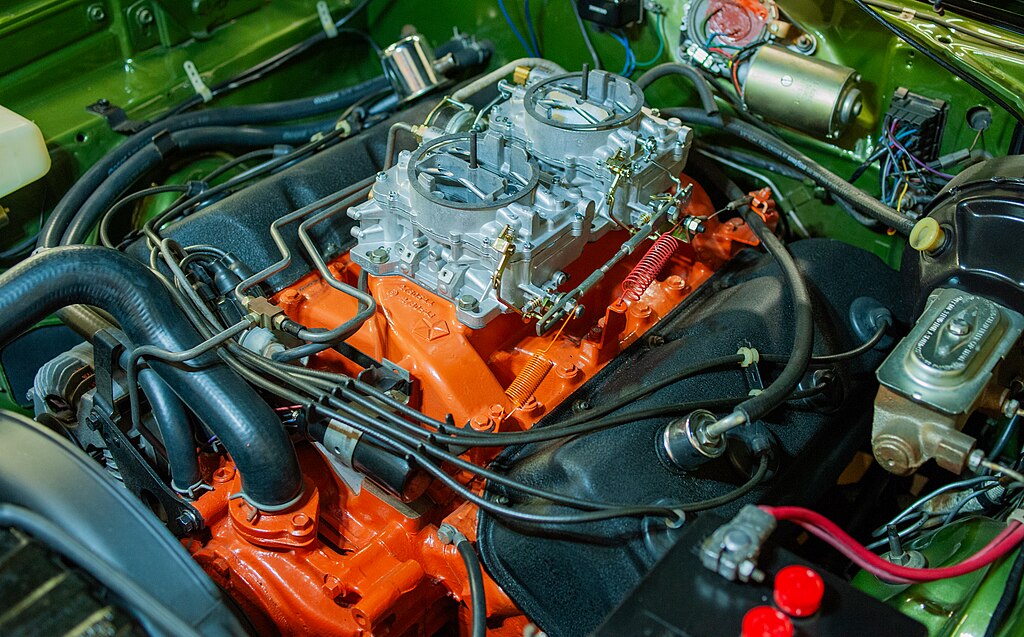
The Plymouth Road Runner Superbird, equipped with a 426 HEMI V8, was a high-performance muscle car that prioritized speed over fuel efficiency. Averaging as little as 8 MPG, the Superbird’s aerodynamic design and massive engine made it a gas-guzzler. It was designed for NASCAR and built for straight-line speed, not for saving fuel. Despite its inefficiency, it remains an iconic symbol of the American muscle car era.
This article originally appeared in MyCarMakesNoise.
More from MyCarMakesNoise
Discover 20 Intriguing Facts About the Iconic Oldsmobile Toronado

The Oldsmobile Toronado is a fascinating piece of automotive history, known for its innovative design and powerful performance. Here are some fascinating facts about the Oldsmobile Toronado that highlight its unique place in the world of classic cars. Read More.
20 Common Habits That Are Slowly Destroying Your Car’s Engine

Maintaining your car’s engine is crucial for its longevity and performance, but certain bad habits can cause serious damage over time. From neglecting regular maintenance to improper driving techniques, these habits can slowly kill your engine. Read More.
20 German Sports Cars Known for Their Impressive Reliability
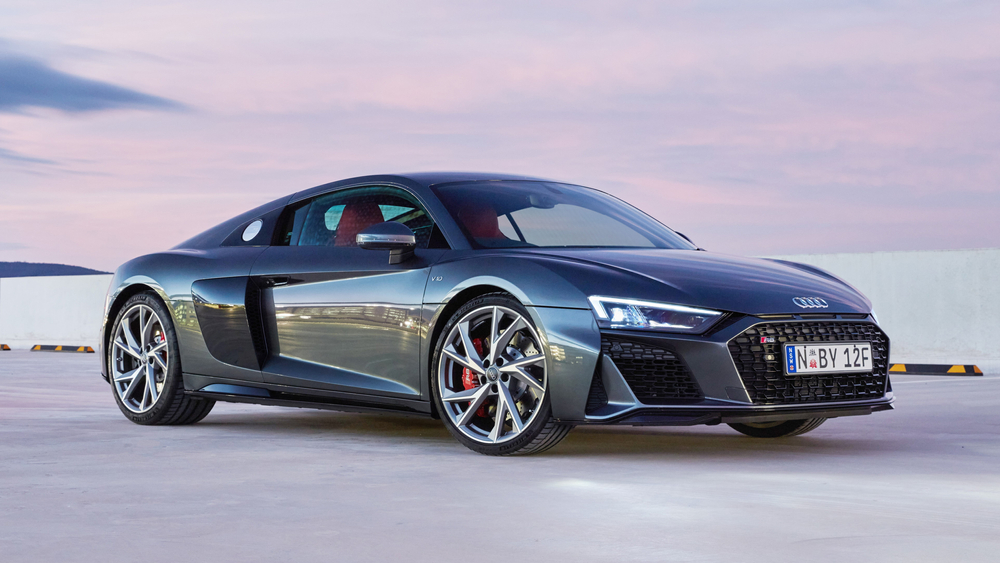
German sports cars are known for their engineering excellence, combining performance with reliability. These vehicles offer thrilling driving experiences while maintaining a reputation for dependability. Read More.

